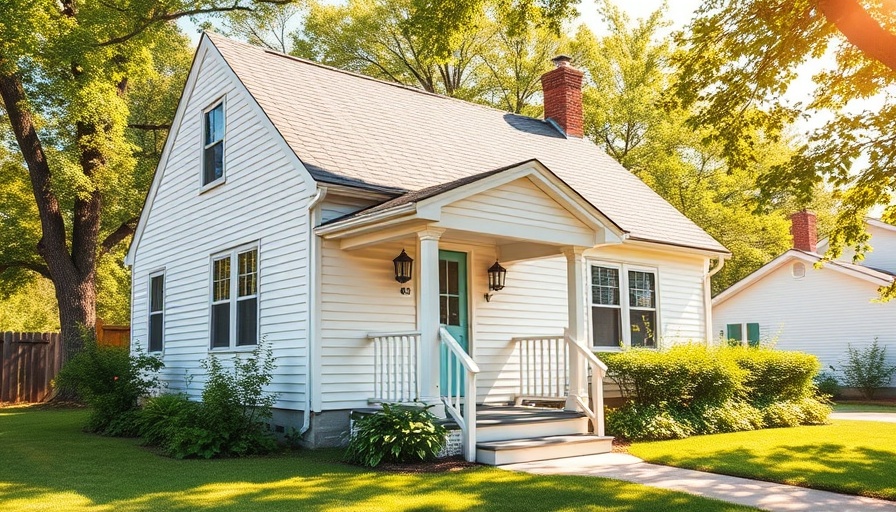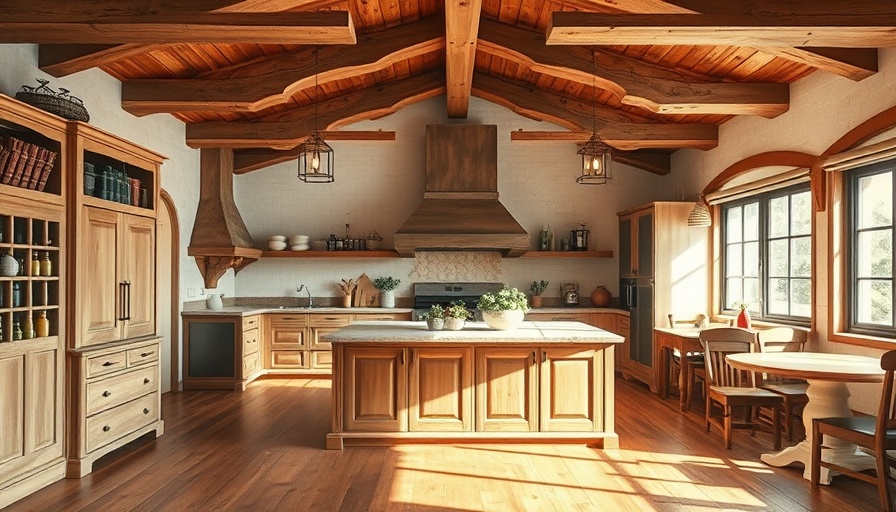
Understanding Vinyl Siding Replacement: A Comprehensive Guide
For many homeowners, the thought of replacing old vinyl siding is daunting yet necessary. Whether due to aesthetic desires or functional needs—like insulation and protection from the elements—understanding how to approach this project can lead to more informed decisions.
Replacing vinyl siding isn’t just about picking a color or style; it involves considering factors such as durability, energy efficiency, and long-term maintenance. Homeowners should take into account newer materials that offer improved performance over traditional vinyl options. For instance, fiber-cement siding provides better pest resistance and greater lifespan, which can save money in the long run.
Sloping Concrete: The Unsung Hero of Drainage Management
Sloping concrete surfaces are often overlooked during home renovations but play a crucial role in effective drainage management. Whether it’s for driveways, sidewalks, or patios, understanding the importance of proper slope can prevent water accumulation and protect foundations.
Experts recommend a minimum slope of 1-2% away from structures to ensure efficient drainage. Homeowners can mitigate potential water damage by incorporating this simple yet impactful design element into their home upgrades.
Flat vs. Pitched Roofs: Which is Best for You?
When discussing roofing options, flat and pitched roofs each have their merits. Flat roofs are favored for modern aesthetics and expanded usable space, often utilized in commercial buildings. However, homeowners should be wary of the maintenance required, including drainage issues and leaks.
Conversely, pitched roofs are traditional but highly effective in shedding water and snow, decreasing the likelihood of mold build-up. Understanding local weather conditions and individual home aesthetics is critical in deciding which type of roof is most suitable.
Future Insights: Materials and Methods to Consider
The future of home exteriors lies in innovation and sustainability. Homeowners should explore sustainable roofing options, like living roofs, which promote energy efficiency and ecological benefits. Similarly, advancements in siding technologies, such as solar-integrated siding, are paving the way for energy-generating homes.
As technology evolves, energy-efficient building materials and methods will not only decrease utility costs but also potentially increase property value. With thorough research, homeowners can equip themselves with necessary knowledge for planning upgrades that stand the test of time.
Getting Started: Actionable Tips for Homeowners
Before starting any exterior upgrades, take the time to assess your home’s specific needs. Engage with professionals for detailed assessments and quotes to ensure cost-effectiveness and adherence to local codes.
Remember, enhancements such as insulation and quality materials contribute to energy savings and longevity of the home’s exterior integrity.
 Add Row
Add Row  Add
Add 


Write A Comment